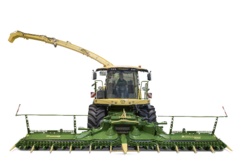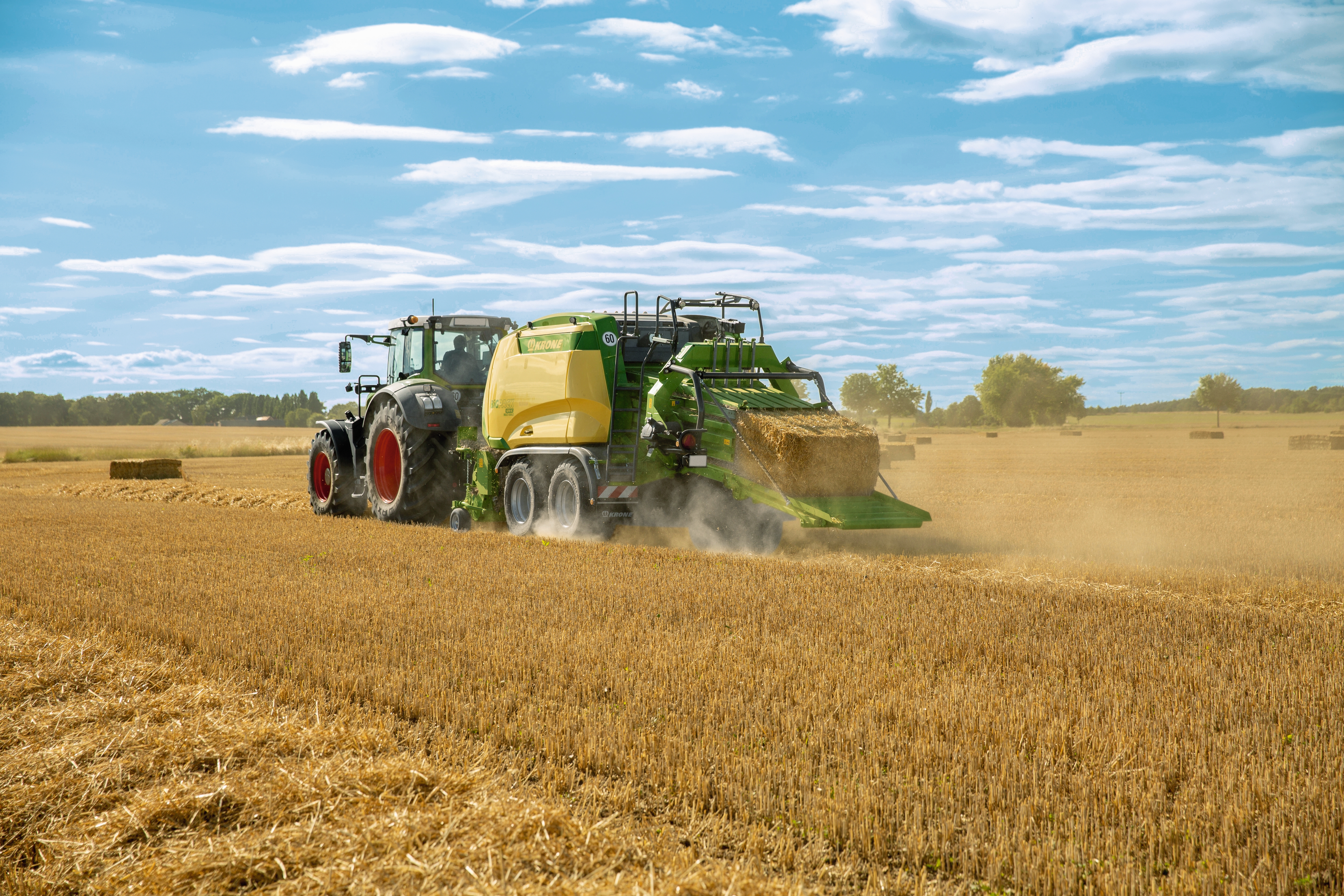Improvements promised by Krone’s Generation 5 BiG Pack square balers include greater component strength and improved operator useability. First profiled when he operated the previous model, Essex baling specialist, Will Murphy now runs one of the new machines and believes the upgrades have justified his investment.
Greater productivity, improved serviceability and enhanced ease of use tend to be three of the key focus areas when design engineers sit down to develop the next series of a particular machine.
Essex straw merchant, Will Murphy of WRM Agri, who specialises in hay and straw contracting, says he had no particular complaints with those factors on the two balers he was operating ahead of last summer. But with one due for renewal, the additional investment required in his existing model was weighed carefully against the advantages it would bring.
Krone’s fifth generation BiG Pack baler updated styled panels incorporate swing down and fold up twine boxes that increase operator comfort when reloading with twine and significantly improve serviceability due to better access.
The updated bale chamber, on non-HDP (High Density Press) models, has been lengthened by 20%, with a full-width top plate added for enhanced bale shapes and greater densities/weights.
The improved Variable Filling System (VFS) continuously monitors the drive line load and provides visual feedback via the screen to the operator, making it easier for the operator to run the baler to its maximum potential.
The compression level within the VFS and slice thickness or quantity are all adjustable from the cab in five steps, allowing the operator to adapt to changing crop conditions.
Among other key innovations, the knotter cleaning system brings wider benefits, using hydraulically driven fans to generate high-pressure air inside the knotter bay and prevent debris collecting. The air and its chaff/dust load subsequently flow through the area behind the twine boxes to prevent any material build up on the side of the baler.
Baler decision making
With the older of his two existing Krone balers due for replacement last year, Mr Murphy assessed his options and quickly divided them into what he considered farmer and contractor machines, narrowing the latter down to two possible manufacturers.
Ultimately, though, Mr Murphy chose to stay with Krone, whose machines he has run for the past seven years. While open-minded about alternatives, previous manufacturer, dealer, and product experience, plus the productivity-enhancing appeal of key new features, meant he committed to Krone again, and purchased a new Generation 5 BiG Pack 1290 HDP.
“With 90% of our straw cut for our power station supply contract, with Snetterton biomass power plant in south Norfolk, my main concern is clearing fields fast enough for the farmers who agreed to sell their straw to me,” explains Mr Murphy.
“But I also want to get as much material as possible into each bale, to ensure each lorry is loaded with maximum efficiency. And naturally, on top of this I look for features in a baler that make the baling job quicker and easier,” he says.
Detailed assessment of the merits of each manufacturer originally led Mr Murphy to his first Krone BiG Pack, a hired 1290 High Speed. Good experiences with output and reliability led to him to Krone again, when purchasing his first machine, a fourth generation 1290 HDP. This was later followed by a second fourth generation baler, an eight-string 1290 HDP II, as he built his business, with increasing numbers of farmers keen to sell him their straw.
“We bale up to 12,000 acres (4,800ha) each season. Some farmers want to remove straw every year to maximise income from it, minimise slug pressure and replace it with muck,” says Mr Murphy.
“In a dry summer, when good conditions mean we can bale and shift straw rapidly and barely make a mark, there are often others who decide to sell some or all their straw off the field, to minimise waste and maximise their income. We bale straw from most cereals and oilseed rape, with most of the latter going for processing into horse bedding.”
The 1290 HDP II proved to be a phenomenal machine for the business, delivering speed and output, and was very reliable. So, when Mr Murphy’s first baler, the original 1290 HDP, was due for replacement, the decision to go with Krone again was simple.
“This was backed by the fact Mark Weatherhead, our local dealership, is especially strong on Krone sales and technical support,” says Mr Murphy.
A visit to Krone’s factory at Spelle in Germany reassured Mr Murphy he had made the right decision, and a Generation 5 BiG Pack 1290 six-string baler arrived at the Toppesfield premises of WRM Agri in late 2021.
“The contractor I worked with prior to setting up on my own provided me with a lot of experience of other baler manufacturers, but while their design seems relatively unchanged over the years, the features Krone has progressively introduced have made its machines more appealing,” says Mr Murphy.
“While one part of my decision was based on machine features and productivity, and another being dealer support, a third element was seeing how Krone builds its products.
“I was invited to visit the factory and was particularly impressed by the manufacturing standards and technology, continuity of family management, and the way customers are looked after. That sealed the deal for me,” he adds.
Baler benefits
Having completed a season of work with the new machine behind a 280hp Fendt 828, Mr Murphy has gained a good impression of what the claimed benefits of its new features really bring.
“The biggest improvement by a country mile is the knotter cleaning system, which is far better than on our older baler, with its belt-driven fans. Often, if you have to get up on top of a machine to adjust a knotter, just a couple of hours after cleaning it’ll be covered in dust and chaff,” he says.
“But these new units are hydraulically driven, and they blow material down into the baler, leaving the top spotless.”
Mr Murphy explains that the way the body panels are formed allows air to be channelled down through the baler and ejects it around the wheels. “Not only are the knotters kept clean, but when you open the side panels there’s virtually no dust or chaff – even after a week’s baling you’d think the machine had just been blown down.”
Acknowledging that breakages occur whatever the make of machine, Mr Murphy also points out the move to greater use of easier-to-replace internal parts as a big plus.
“Key elements are now bolt-in, rather than cut-out and weld-in, and are much easier to access. For example, if something like a stuffer fork breaks, it’s not a matter of heating and hammering a bent item – it’s far easier to replace and gaining access to the internals is simpler on the new baler.
“I think a big baler can’t be judged properly until it’s done 100,000 bales, but from one season’s experience, I’d say the Generation 5 improvements to the BiG Pack balers have justified my investment in the machine.
“Productivity, reliability and time-saving improvements are one way of countering the continuing rise in costs for fuel, twine, tractor hire and other inputs,” concludes Mr Murphy.
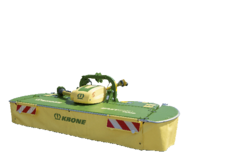
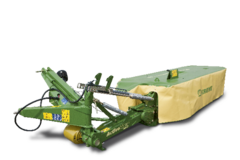
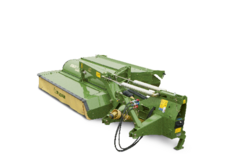
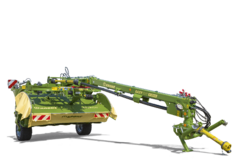
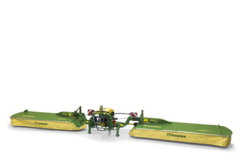
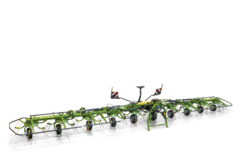
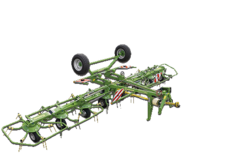
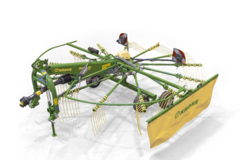
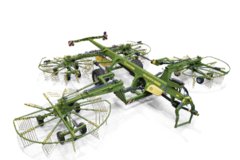
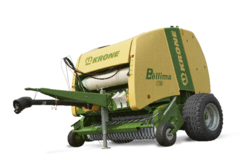
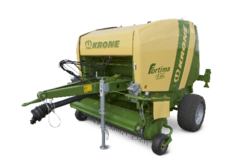
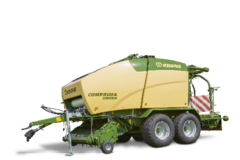
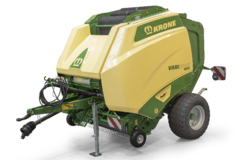
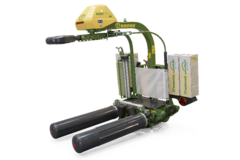
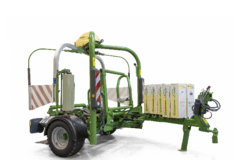
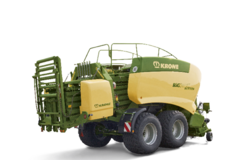
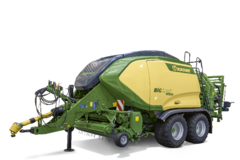
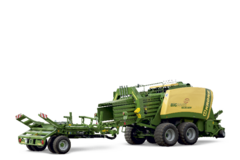
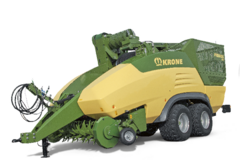
![[Translate to EN (US):] [Translate to EN (US):]](/fileadmin/_processed_/4/f/csm_RX_Freisteller_468x468px_6ecb398329.png)
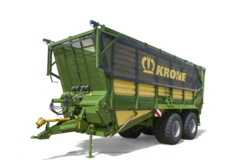
![[Translate to EN (US):] [Translate to EN (US):]](/fileadmin/_processed_/0/a/csm_ZX_Freisteller_468x468px_cc1e39f93f.png)
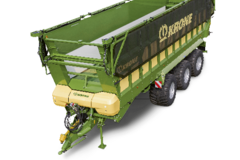
![[Translate to EN:] [Translate to EN:]](/fileadmin/_processed_/5/7/csm_BiGM_KRONE_Freisteller_468x468px4_a92e7475bc.png)
![[Translate to EN (US):] Testname](/fileadmin/_processed_/4/7/csm_BiGX480_Freisteller_468x468px9_1017c2fa62.png)
